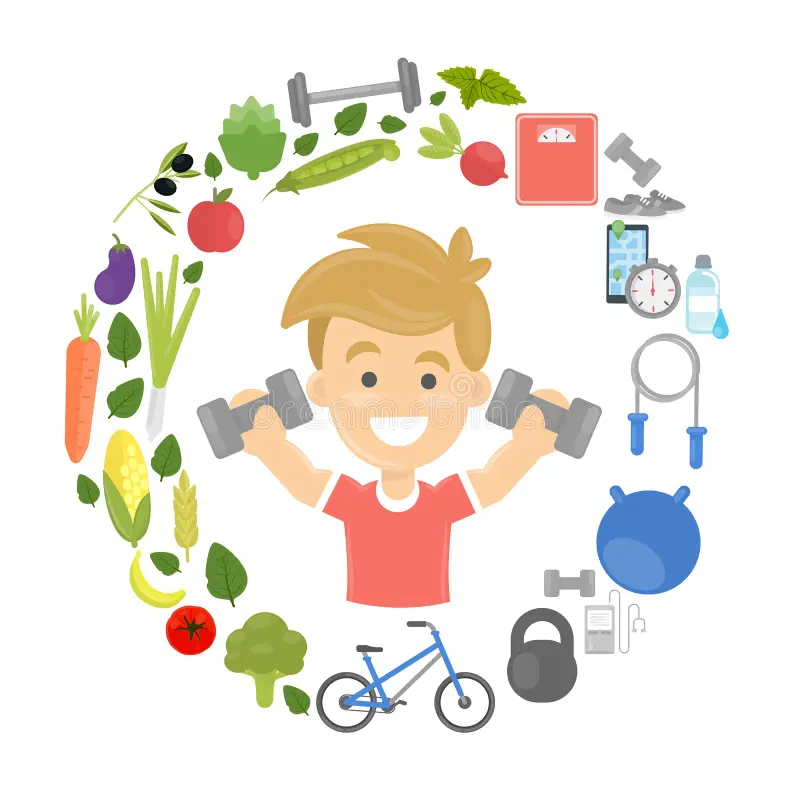15 Hydration Hacks: Stay Refreshed All Day

Updated at: 2025-03-01 15:36:09 (7 months ago by Melkisedeck Leon Shine)
15 Proven Strategies for Optimal Hydration Throughout Your Day
Maintaining adequate hydration is paramount for optimal health and well-being. Water isn't merely a beverage; it's the essential fuel powering countless bodily functions. However, the demands of modern life often lead to dehydration. This comprehensive guide provides fifteen actionable strategies to ensure you remain properly hydrated, boosting energy levels and overall vitality.
-
Hydrate First Thing: Begin your day with a refreshing glass of water. After a night's rest, your body is naturally dehydrated. This initial intake replenishes fluids and jumpstarts your metabolism.
-
Water Bottle at the Ready: Constant visibility is key. Keep a water bottle readily accessible – at your desk, in your bag, or in your car – serving as a visual reminder to drink throughout the day.
-
Leverage Technology: Utilize the power of smartphone reminders. Schedule regular alerts to prompt water consumption, preventing dehydration from creeping in unnoticed during busy periods.
-
Embrace Hydration Apps: Many user-friendly apps track water intake, helping you set daily goals and providing timely reminders to maintain consistent hydration. These tools can significantly simplify the process.
-
Infuse Your Water: Enhance the taste of plain water by infusing it with slices of refreshing fruits like strawberries, lemon, or cucumber. This simple addition makes hydration a more enjoyable experience.
-
Hydrate During Meals: Instead of relying on sugary drinks, sip water during meals. This aids digestion and contributes significantly to your daily hydration goals.
-
Hydration During Activity: Physical activity increases fluid loss through perspiration. Always carry a water bottle during workouts or other physical endeavors to replace lost fluids and prevent dehydration.
-
Air Travel Hydration: Airplane cabins tend to be dry, promoting dehydration. Combat this by drinking plenty of water before, during, and after your flight.
-
Personalized Hydration Goals: Determine your individual daily water requirement based on factors such as weight, activity levels, and climate. Track your progress to ensure you consistently meet your needs.
-
Herbal Teas as Hydration Allies: Enjoy the soothing benefits of herbal teas like chamomile or peppermint to increase your fluid intake. These offer a hydrating alternative to caffeinated beverages.
-
Nighttime Hydration: Place a refillable water bottle beside your bed for convenient nighttime hydration. This prevents dehydration during sleep and helps you start your day well-hydrated.
-
Urine Color as an Indicator: Monitor your urine color. Pale yellow indicates proper hydration, while darker urine signifies dehydration and the need for increased water intake.
-
Hydrating Foods: Incorporate water-rich fruits and vegetables such as watermelon, cucumber, and oranges into your diet. These contribute to hydration while providing essential nutrients.
-
Moderate Caffeine and Alcohol: Limit caffeine and alcohol consumption as both act as diuretics, increasing fluid loss. Balance these beverages with sufficient water intake.
-
Listen to Your Body: Pay attention to thirst cues. Don't ignore feelings of thirst; address them promptly by drinking water.
Prioritizing hydration is crucial for peak physical and mental performance. By consistently implementing these fifteen practical strategies, you can effectively maintain optimal hydration throughout your day, enhancing energy levels, cognitive function, and overall well-being. Remember, consistent hydration is a vital investment in your health and vitality.





